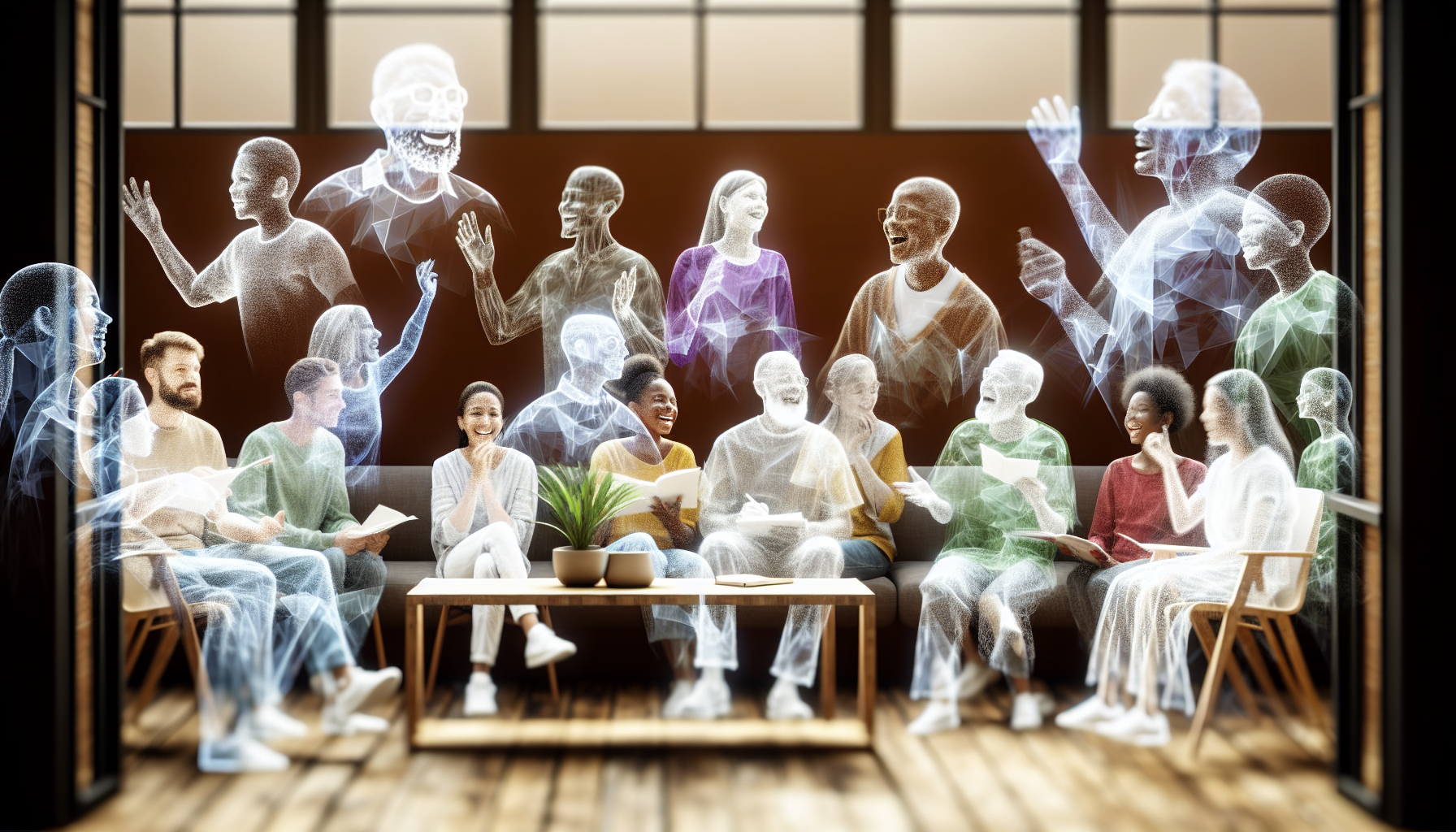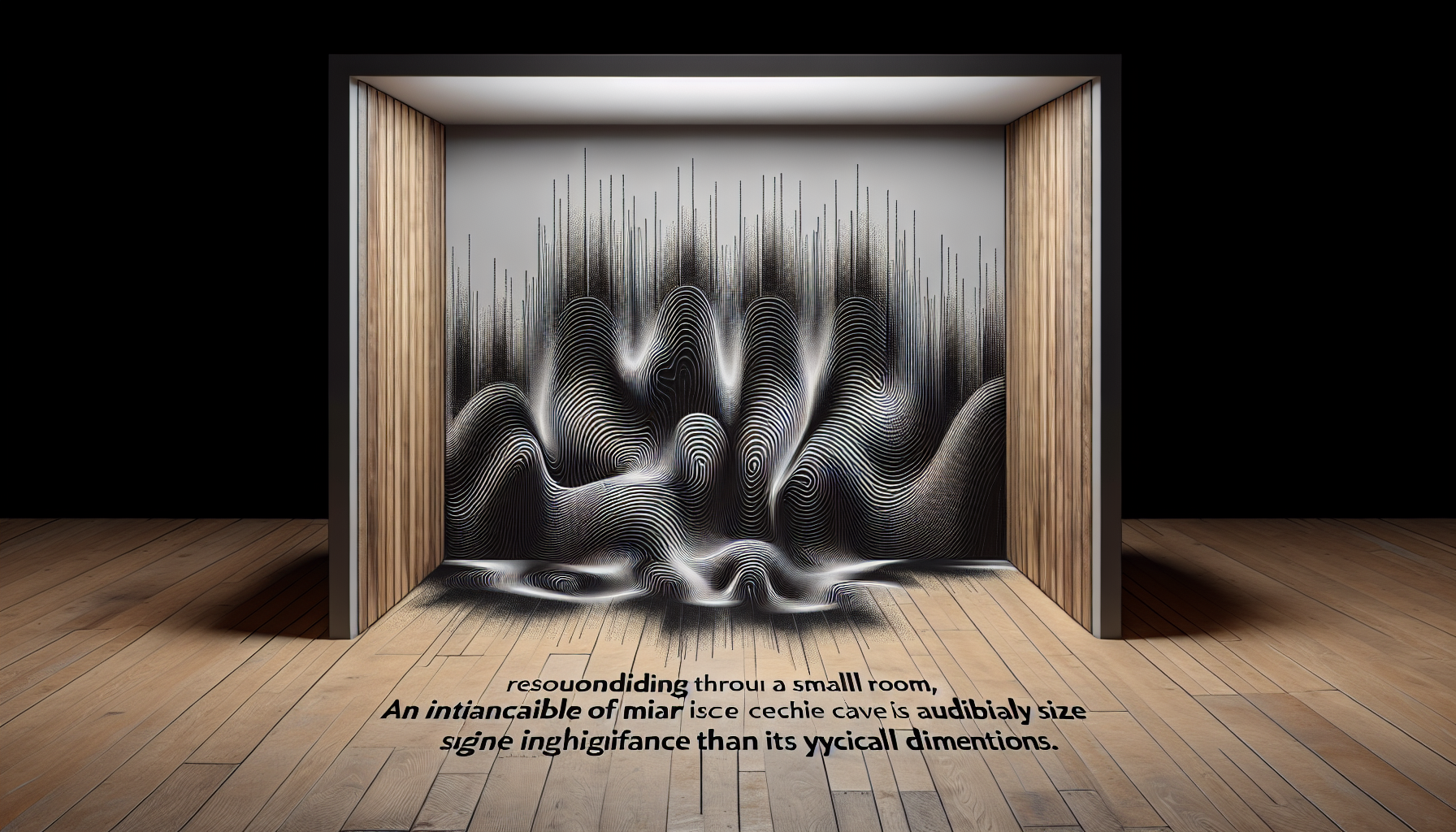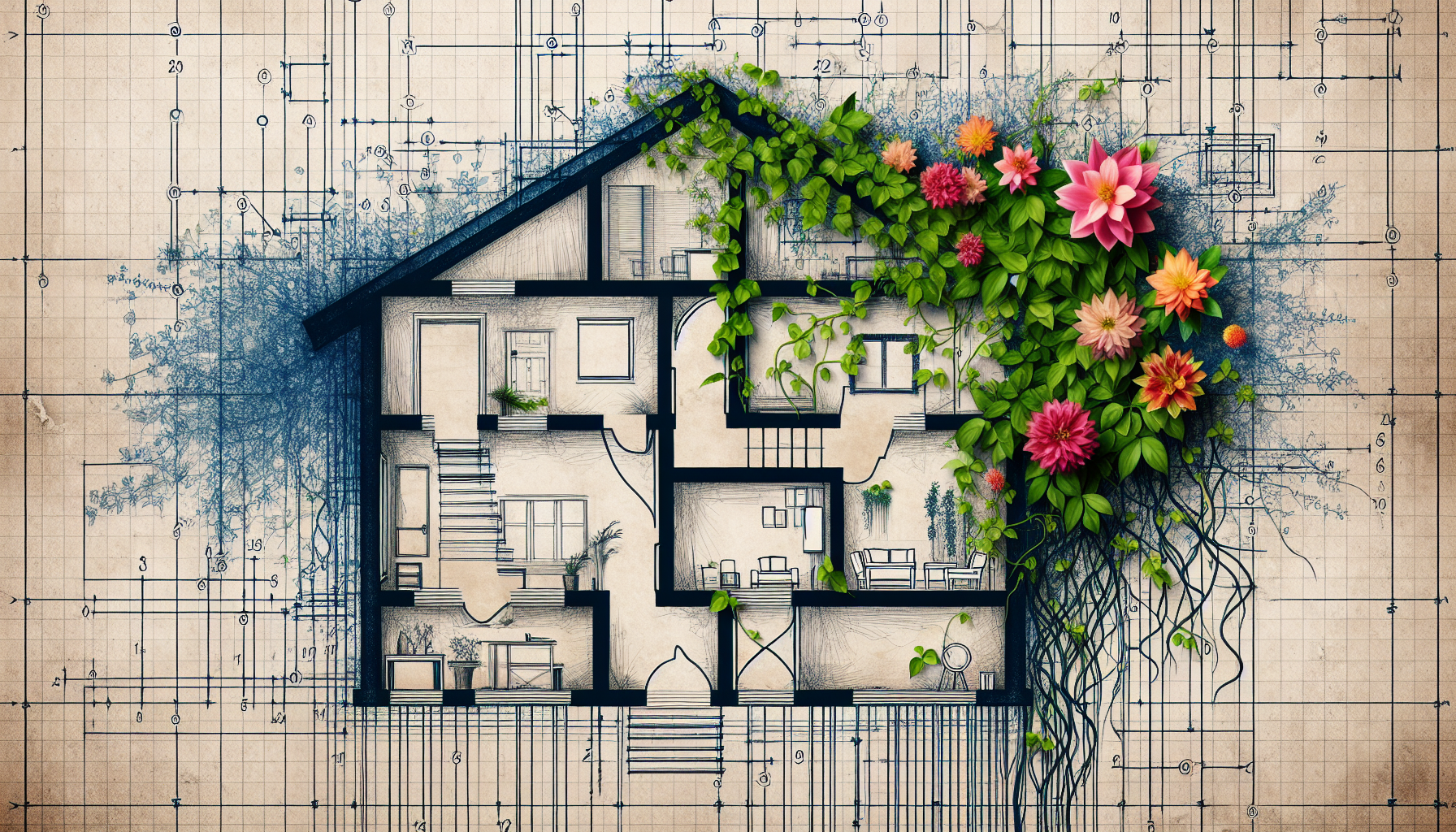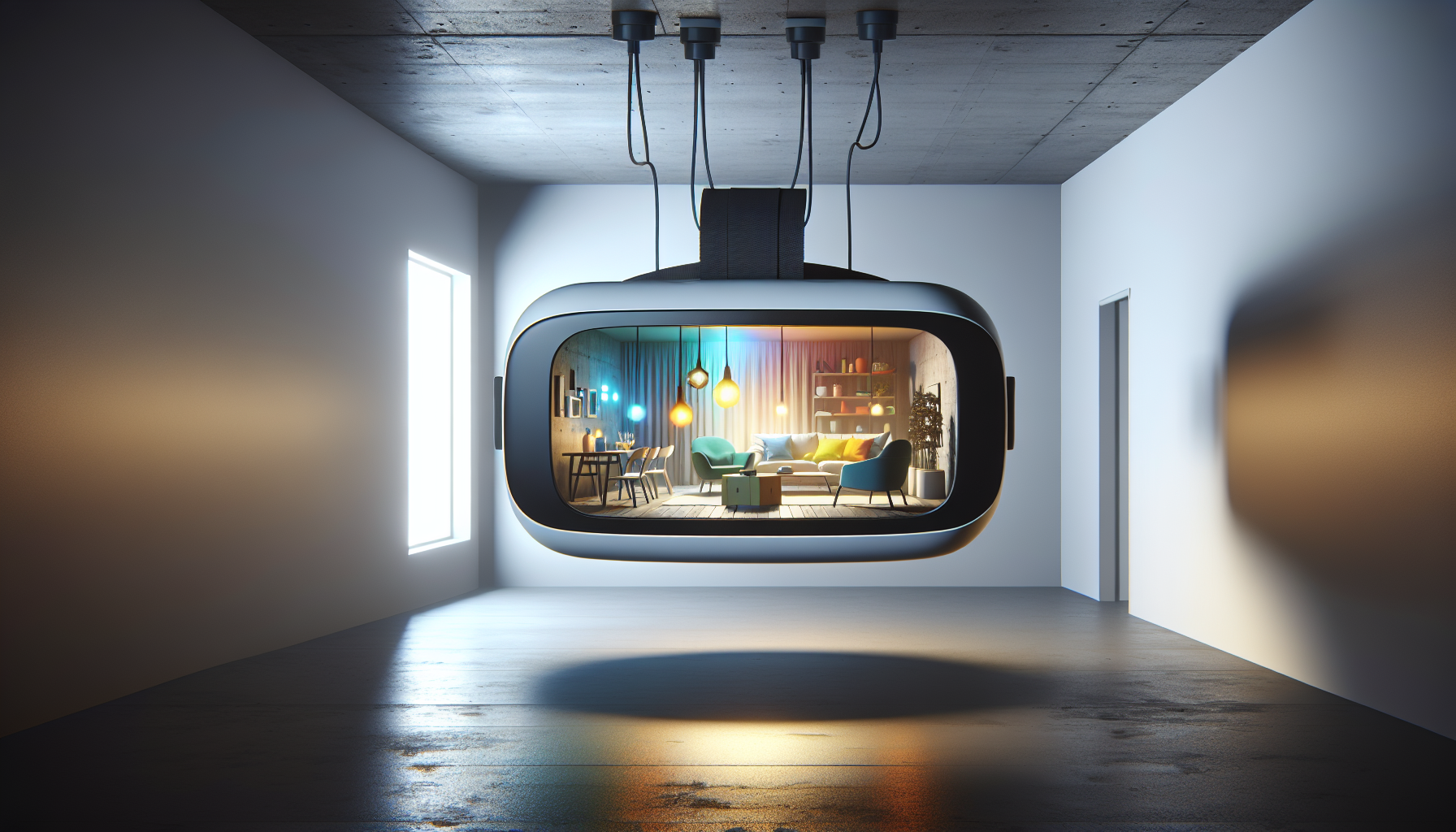It’s strange to think that one of the most significant purchases we make—a place to call home—is driven by such intangible elements. It’s not the size that truly matters. Rather, it’s the feeling the space evokes, the potential it holds, and the life it promises. Yet, this is the paradox of real estate: we sell it in square feet but buy it in dreams.
One might say, ‘That’s absurd. How else can you measure space if not in feet?’ However, consider this: the human mind perceives space not by its physical boundaries but by the extensions of thought and emotion. A small room filled with laughter feels more expansive than a vast hall echoing with silence. In essence, space in real estate is more about perception than dimension.

Reflecting on our shared human experiences, buying a home isn’t fundamentally about acquiring physical space. When a young couple searches for their first apartment, they often overlook size for the setting—a park nearby or a sunny corner to imagine raising children. Space, in this sense, becomes a vessel for potential, not merely a container of things.
An unexpected truth emerges when we explore buyer psychology. Consumers often justify purchases based on rational metrics like price per square foot. Yet, deeper motivations drive them. A Harvard Business Review article delves into why people buy things they don’t need, highlighting emotional satisfaction over logistical sense. We see this mirrored in the real estate world, where buyers opt for homes that resonate with their unconscious desires rather than ticking practical boxes.

Notably, the dynamics of space and perception are not lost on architects. Consider the trend of open-concept living. By eliminating walls, designers create the illusion of greater space, encouraging interaction and movement. This design choice capitalizes not merely on the aesthetic but on the psychological benefit—homes feel larger because they facilitate a fluid, unfragmented experience.
The consumer’s propensity to imagine compounds the narrative. Take a virtual tour through a pre-construction development and witness the buyer’s mental acrobatics. A shrewd developer understands that buyers need more than a floor plan; they require a vision. Pictures on the wall are frames for future memories, not mere decorations.

So, when selling a property, especially one that hasn’t been built, the traditional metrics fall short. Instead, the challenge is to help buyers imagine. To project their lives onto blank canvases of unconstructed rooms. This is where platforms like SuitesFlow excel, providing tools that transcend standard dimensions and engage potential buyers at the level of their imagination.
Realizing that space in real estate isn’t measured in feet is freeing. It reframes the conversation from limitations to possibilities, from transactions to transformations. And, as we tiptoe on the edge of tomorrow’s architectural marvels, we must remember: the essence of a home isn’t in its foundation but in the life it nourishes.

Ultimately, understanding space’s intrinsic nature can lead both buyers and sellers to a more profound connection with real estate. It shifts our role from mere negotiators of space to architects of stories.



